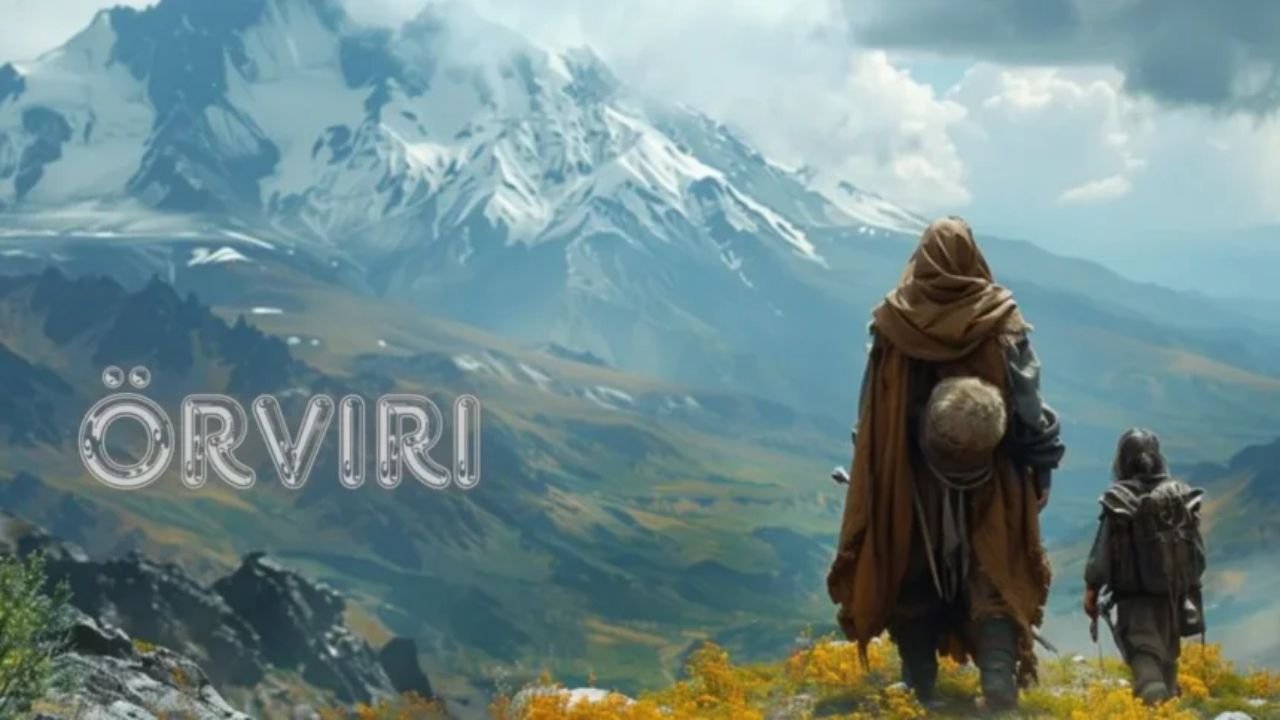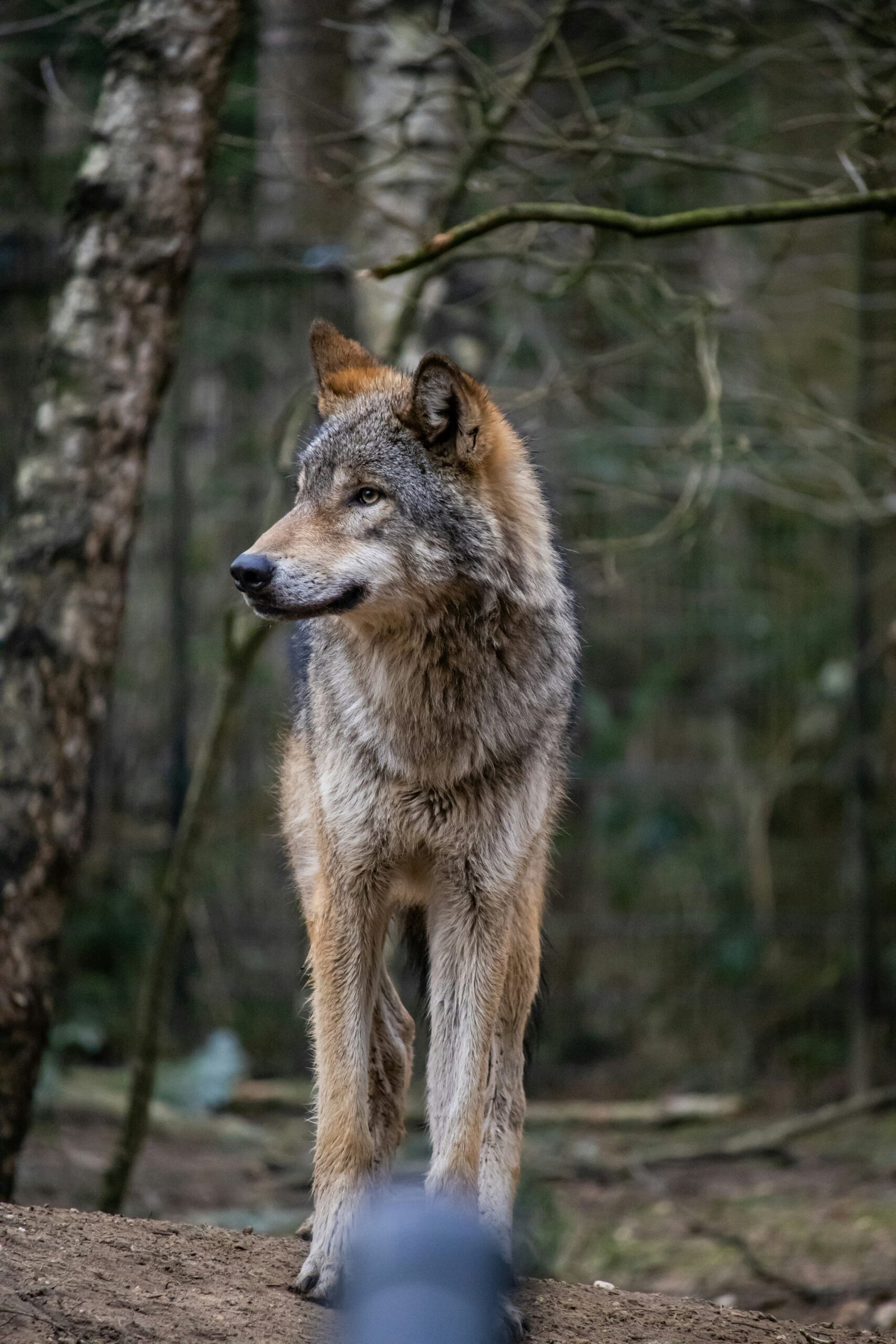Örviri, a lesser-known yet profound Icelandic tradition, represents an ancient ritual of renewal, reverence for nature, and community unity. With roots extending to the early Norse settlers, örviri has evolved over centuries yet remains a celebration of Iceland’s unique environment and collective spirit. This article unpacks the history, practices, and cultural significance of örviri, and why it continues to resonate with Icelanders today.
The Origins of Örviri
The story of traces back to Iceland’s early settlements around 874 AD, when Norse and Celtic settlers brought their customs and traditions to the remote island. While some records of örviri’s early forms are fragmented, it is believed that the ritual originated as a way to mark seasonal changes, especially during the stark transitions between Iceland’s long winter nights and short summer days. In an agrarian society heavily dependent on natural cycles, örviri served as a reminder of nature’s power and the need to respect it.
Örviri as a Celebration of Seasonal Cycles
At its heart, It is tied to the natural environment, marking transitions such as the winter solstice and the onset of summer. These events were essential for the agrarian Norse society, influencing planting, harvest, and the availability of resources. Iceland’s unique geographic conditions, with extreme daylight variations, added a spiritual dimension to these seasonal markers. Örviri rituals were adapted to reflect these conditions, becoming a symbol of resilience and adaptability in the face of nature’s challenges.
The Ritual Practices of Örviri
The practices within örviri varied across Icelandic regions and family clans, but several key elements remained consistent:
- Symbolic Offerings to Nature: involved offering tokens to nature as a gesture of gratitude and request for protection. Typical offerings included animal figurines, grains, or carefully prepared foods, each symbolizing fertility, nourishment, or prosperity.
- Fire Ceremonies: Fire has long been central. Participants would often gather around bonfires, not only for warmth but as a symbolic act of warding off the darkness of winter or celebrating the light of summer. Fire represented both destruction and renewal, a duality that resonates deeply with Iceland’s volcanic landscapes.
- Chants and Songs: Music played an important role, with chants and songs passed down through generations. These traditional verses often expressed a longing for light, resilience, and communal unity, encapsulating the spirit of Icelandic survival through harsh conditions.
Örviri and Folklore: Guardians of the Ritual
Icelandic folklore is rich with tales of spirits, trolls, and hidden folk, many of which intersect with practices. Icelanders believed that supernatural beings were particularly active during seasonal transitions, and rituals were seen as an opportunity to seek favor from these entities. Some örviri rituals included leaving food offerings for the “Huldufólk” or hidden people, mysterious creatures believed to inhabit Iceland’s mountains and landscapes. These acts emphasized the Icelanders’ respect for the unknown and a belief in harmony with unseen forces.
The Role of Community in Örviri
Örviri’s purpose extended beyond individual spirituality; it was a communal celebration that brought people together. It provided an opportunity for Icelanders, often isolated by geography and harsh winters, to connect and strengthen bonds. Families and entire villages would gather to participate, fostering a sense of solidarity. In modern times, community remains at the core of celebrations, with festivals and local events bringing people together to honor their shared heritage.
Modern Revival of Örviri
Though örviri’s popularity waned with the spread of Christianity in Iceland, the ritual has seen a resurgence in recent years. Many Icelanders, particularly those involved in cultural preservation, have revived örviri as a way to reconnect with their Norse heritage and honor Iceland’s natural landscape. Today, örviri celebrations incorporate both ancient practices and modern elements, such as environmental conservation efforts, making the ritual relevant in the context of today’s ecological concerns.
Örviri in Contemporary Icelandic Culture
In contemporary Icelandic culture, has become a symbol of pride and identity. It reflects Icelanders’ resilience and respect for nature. This modern interpretation of encourages cultural appreciation and environmental stewardship, resonating with global themes of sustainability.
Örviri and Ecological Mindfulness
In a world increasingly focused on sustainability, örviri holds valuable lessons in ecological mindfulness. The ritual underscores the importance of living in harmony with the land, a principle that Icelanders have historically embraced.
Why Örviri Matters Today
As globalization spreads, many ancient customs are at risk of fading. however, has managed to withstand this tide by evolving in ways that remain relevant to modern Icelandic society. For Icelanders, it serves as a cultural anchor, a way to honor their heritage while embracing progressive values. It bridges the past and the present, reminding people of the timeless connection between humanity and nature.
Conclusion
It is more than an ancient ritual; it is a living testament to Iceland’s enduring relationship with its landscape and the resilience of its people. Whether through fire ceremonies, community gatherings, or environmental initiatives, örviri continues to evolve, offering a way for Icelanders to stay connected to their heritage and contribute positively to the world around them. As it gains international recognition, örviri serves as an inspiring reminder of the importance of honoring traditions while adapting them for a sustainable future.
Also Read: Stars 923: Your Ultimate Radio Experience for Music, Community, and Entertainment
FAQs about Örviri
What is the origin of örviri?
Originated with Iceland’s early Norse settlers and was a ritual to mark seasonal changes and honor nature’s power.
How is örviri celebrated?
It includes fire ceremonies, symbolic offerings, chants, and communal gatherings to celebrate nature and seasonal transitions.
Is örviri still practiced today?
Yes, It has seen a revival in recent years as a cultural festival that honors Icelandic heritage and promotes ecological stewardship.
What does örviri symbolize?
symbolizes resilience, respect for nature, and community unity, embodying Iceland’s cultural values.
What role does folklore play in örviri?
Folklore and mythical beings, such as the Huldufólk, are integral to örviri, with rituals designed to seek their favor and maintain harmony with nature.
How does örviri promote environmental awareness?
Modern celebrations often include conservation activities, reflecting the ritual’s traditional emphasis on harmony with nature.





